Home>Home Appliances>Kitchen Appliances>How Often To Backflush An Espresso Machine
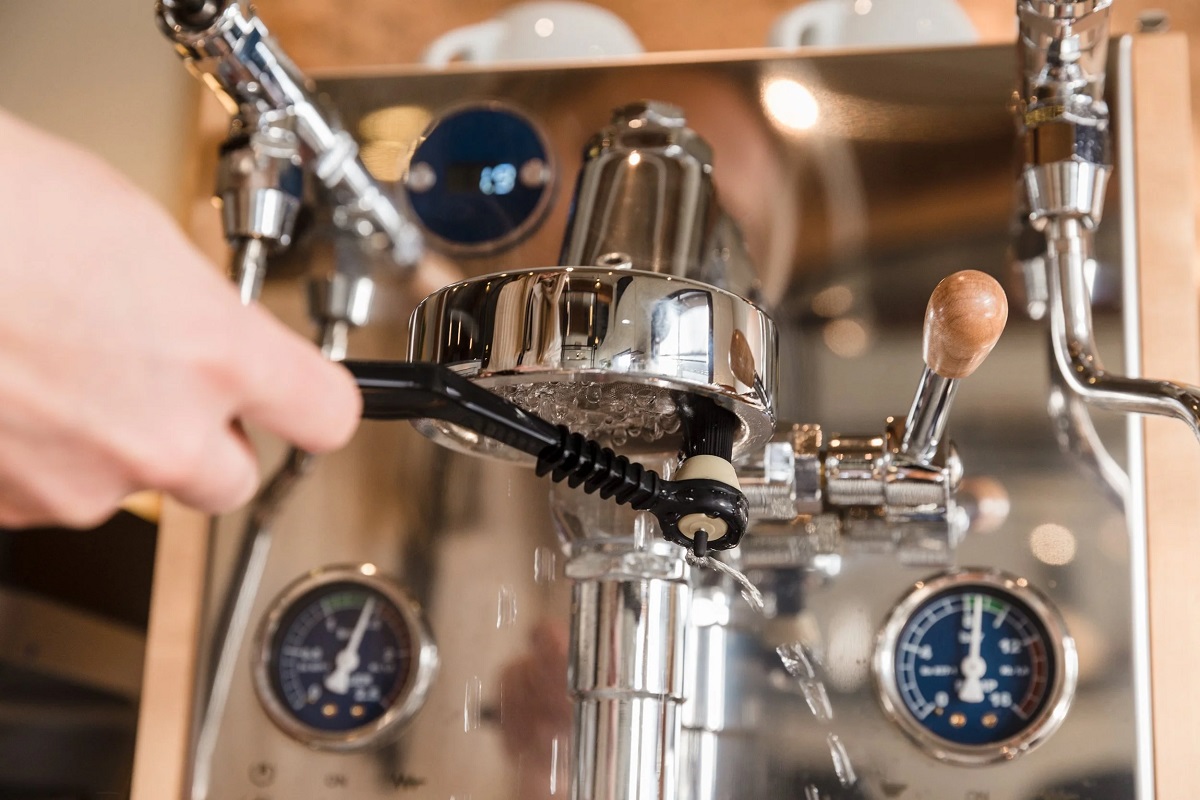

Kitchen Appliances
How Often To Backflush An Espresso Machine
Modified: August 16, 2024
Learn how often to backflush your espresso machine for optimal performance. Get expert tips on maintaining your kitchen appliances.
(Many of the links in this article redirect to a specific reviewed product. Your purchase of these products through affiliate links helps to generate commission for Storables.com, at no extra cost. Learn more)
Introduction
Welcome to the world of espresso machines, where the aroma of freshly ground coffee beans and the sound of steaming milk create an atmosphere of warmth and comfort. Whether you’re a coffee connoisseur or a casual enthusiast, the maintenance of your espresso machine is crucial for consistently delicious brews. One essential aspect of espresso machine maintenance is backflushing, a process that helps keep your machine clean and functioning optimally.
In this article, we’ll delve into the importance of backflushing, explore the factors that influence the frequency of this maintenance task, and provide guidance on determining how often to backflush your espresso machine. By understanding the significance of backflushing and learning how to incorporate it into your machine care routine, you can ensure that every shot of espresso you brew is a delightful and flavorful experience.
Key Takeaways:
- Regular backflushing of your espresso machine prevents flavor contamination, preserves equipment performance, and extends its lifespan, ensuring consistently delicious brews.
- Factors like usage volume, coffee bean characteristics, water quality, cleaning practices, and machine design influence how often you should backflush your espresso machine for optimal performance and longevity.
Read more: How Often To Clean An Espresso Machine
Importance of Backflushing
Backflushing is a vital maintenance procedure for espresso machines, playing a key role in preserving the quality of your coffee and the longevity of your equipment. This process involves using a blind filter (a portafilter with no holes) and a specialized cleaning detergent to flush out any residual coffee oils, grounds, and other impurities that accumulate within the machine. The following are some compelling reasons why backflushing should be a regular part of your espresso machine care routine:
- Preventing Flavor Contamination: Over time, coffee oils can accumulate within the brew group and portafilter, imparting rancid flavors to your espresso. Backflushing helps remove these oils, ensuring that each shot of espresso maintains its pure, rich taste.
- Preserving Equipment Performance: Residual coffee grounds and oils can lead to clogging and decreased water pressure within the machine, affecting the quality and consistency of your espresso extractions. By regularly backflushing, you can prevent these issues and maintain optimal performance.
- Extending Equipment Lifespan: The accumulation of coffee residue can contribute to corrosion and deterioration of internal components, potentially shortening the lifespan of your espresso machine. Backflushing helps mitigate this risk, promoting the longevity of your equipment.
- Enhancing Beverage Quality: Clean equipment is essential for producing high-quality espresso. By removing impurities through backflushing, you can ensure that your espresso machine consistently delivers delicious, well-extracted shots with a delightful crema.
Overall, backflushing is a fundamental practice that not only safeguards the integrity of your espresso machine but also elevates the sensory experience of savoring a perfectly brewed cup of espresso. Understanding the importance of this maintenance task sets the stage for implementing an effective backflushing regimen to maintain your machine in top condition.
Factors Affecting Backflush Frequency
The frequency of backflushing your espresso machine is influenced by various factors, each impacting the accumulation of coffee residues and the overall cleanliness of the equipment. Consider the following elements when determining how often to incorporate backflushing into your maintenance routine:
- Usage Volume: The volume of espresso shots produced daily directly affects the rate at which coffee oils and grounds accumulate within the machine. High-volume commercial machines typically require more frequent backflushing than home-use machines due to the increased coffee production.
- Coffee Bean Characteristics: The type of coffee beans used, particularly their roast level and oil content, can impact the buildup of residues in the espresso machine. Darker roasts with higher oil content may necessitate more frequent backflushing to prevent excessive accumulation.
- Water Quality: The mineral content and overall quality of the water used in the espresso machine can influence the formation of scale and deposits. Hard water, in particular, can lead to scale buildup, necessitating more frequent backflushing and descaling procedures.
- Cleaning Practices: Regular cleaning and maintenance practices, such as purging the group head and wiping the portafilter after each use, can impact the frequency of backflushing. Diligent cleaning habits may reduce the need for frequent backflushing, while neglecting these practices can accelerate the buildup of residues.
- Machine Type and Design: The design and internal components of the espresso machine, including the materials used and the presence of features like pre-infusion and solenoid valves, can influence the accumulation of residues. Some machines may require more frequent backflushing based on their design and functionality.
By considering these factors, you can tailor your backflushing schedule to suit the specific needs of your espresso machine, ensuring that it remains clean and free from the detrimental effects of residue buildup. Understanding the interplay of these elements empowers you to make informed decisions regarding the frequency of backflushing, ultimately contributing to the consistent performance and longevity of your equipment.
Backflush your espresso machine after every use to prevent coffee oils and residue from building up, which can affect the taste of your espresso.
How to Determine Backflush Frequency
Determining the optimal frequency for backflushing your espresso machine involves a blend of observation, adherence to best practices, and responsiveness to the unique characteristics of your equipment and usage patterns. To establish an effective backflushing schedule, consider the following guidelines:
- Assess Usage Patterns: Monitor the daily volume of espresso shots prepared with your machine. Higher usage may necessitate more frequent backflushing to prevent the accumulation of coffee residues within the brew group and portafilter.
- Observe Flavor and Crema Quality: Regularly evaluate the flavor profile and crema quality of the espresso shots. If you notice a decline in flavor or crema richness, it may indicate the need for more frequent backflushing to remove residual oils and grounds that could be affecting the extraction process.
- Take Water Quality into Account: Consider the quality of the water used in your espresso machine. If you have hard water with high mineral content, it may contribute to scale buildup, prompting the need for more frequent backflushing and descaling procedures to maintain equipment performance.
- Adhere to Manufacturer Recommendations: Consult the manufacturer’s guidelines and recommendations for backflushing frequency specific to your espresso machine model. Manufacturers often provide valuable insights into maintenance intervals based on the design and components of the machine.
- Implement Regular Maintenance Routines: Establish consistent cleaning and maintenance routines, including purging the group head, wiping the portafilter, and performing backflushing at regular intervals. These practices can help maintain cleanliness and reduce the frequency of more intensive backflushing procedures.
By integrating these considerations into your espresso machine maintenance regimen, you can develop a tailored approach to determining the ideal backflushing frequency. This proactive approach not only supports the longevity and performance of your equipment but also ensures that each shot of espresso is a delightful sensory experience, free from the influence of residual contaminants.
Conclusion
As you navigate the world of espresso machines, understanding the significance of backflushing and its impact on the quality and longevity of your equipment is instrumental in elevating your coffee brewing experience. By recognizing the importance of backflushing, you can proactively safeguard the flavor integrity of your espresso and maintain the performance of your machine over time.
Factors such as usage volume, coffee bean characteristics, water quality, cleaning practices, and machine design all play a role in influencing the frequency of backflushing. By considering these elements and tailoring your maintenance routine to suit the specific needs of your espresso machine, you can effectively manage the accumulation of coffee residues and ensure consistent, high-quality espresso extractions.
When determining the ideal backflushing frequency, it’s essential to assess usage patterns, observe flavor and crema quality, consider water quality, adhere to manufacturer recommendations, and implement regular maintenance routines. This comprehensive approach empowers you to make informed decisions regarding the frequency of backflushing, ultimately contributing to the optimal performance and longevity of your espresso machine.
By incorporating backflushing into your regular maintenance practices, you not only preserve the flavor purity of your espresso but also extend the lifespan of your equipment, ensuring that each shot you brew is a delightful and satisfying indulgence. Embracing the art and science of backflushing as an integral part of your espresso machine care routine enhances the overall coffee brewing experience, allowing you to savor the rich and nuanced flavors of a perfectly extracted shot of espresso with every brew.
Embrace the ritual of backflushing, and let the aromatic allure of freshly ground coffee beans and the velvety smoothness of well-crafted espresso become a consistent source of joy and satisfaction in your daily routine.
Frequently Asked Questions about How Often To Backflush An Espresso Machine
Was this page helpful?
At Storables.com, we guarantee accurate and reliable information. Our content, validated by Expert Board Contributors, is crafted following stringent Editorial Policies. We're committed to providing you with well-researched, expert-backed insights for all your informational needs.
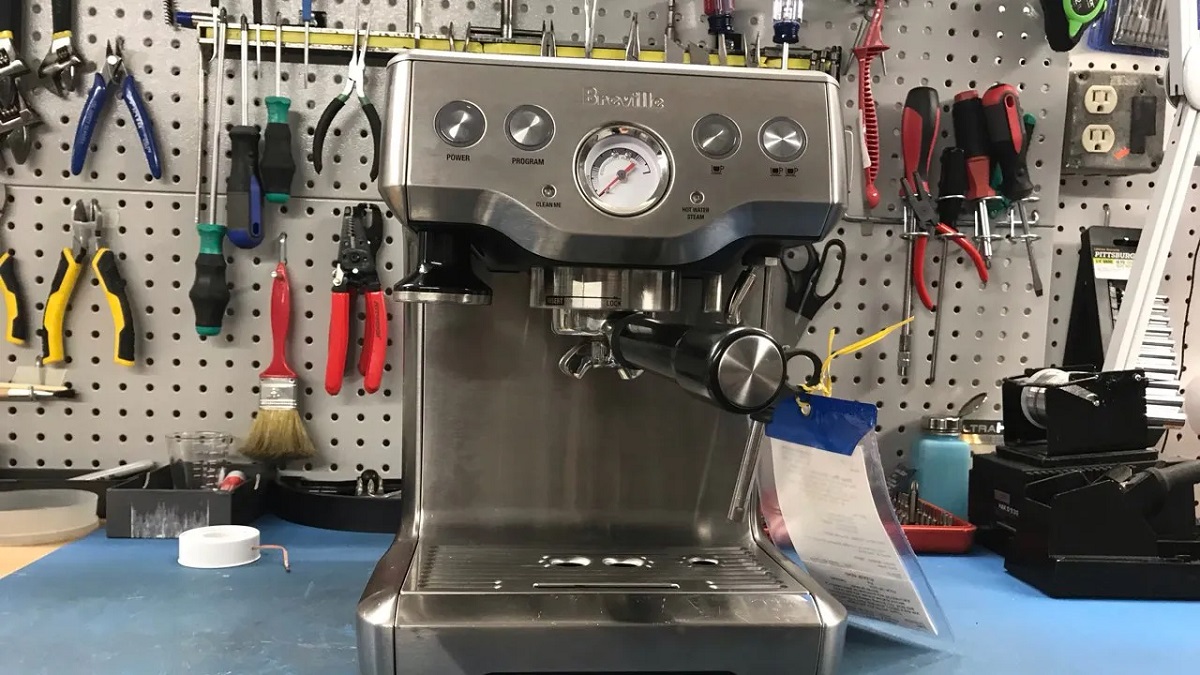
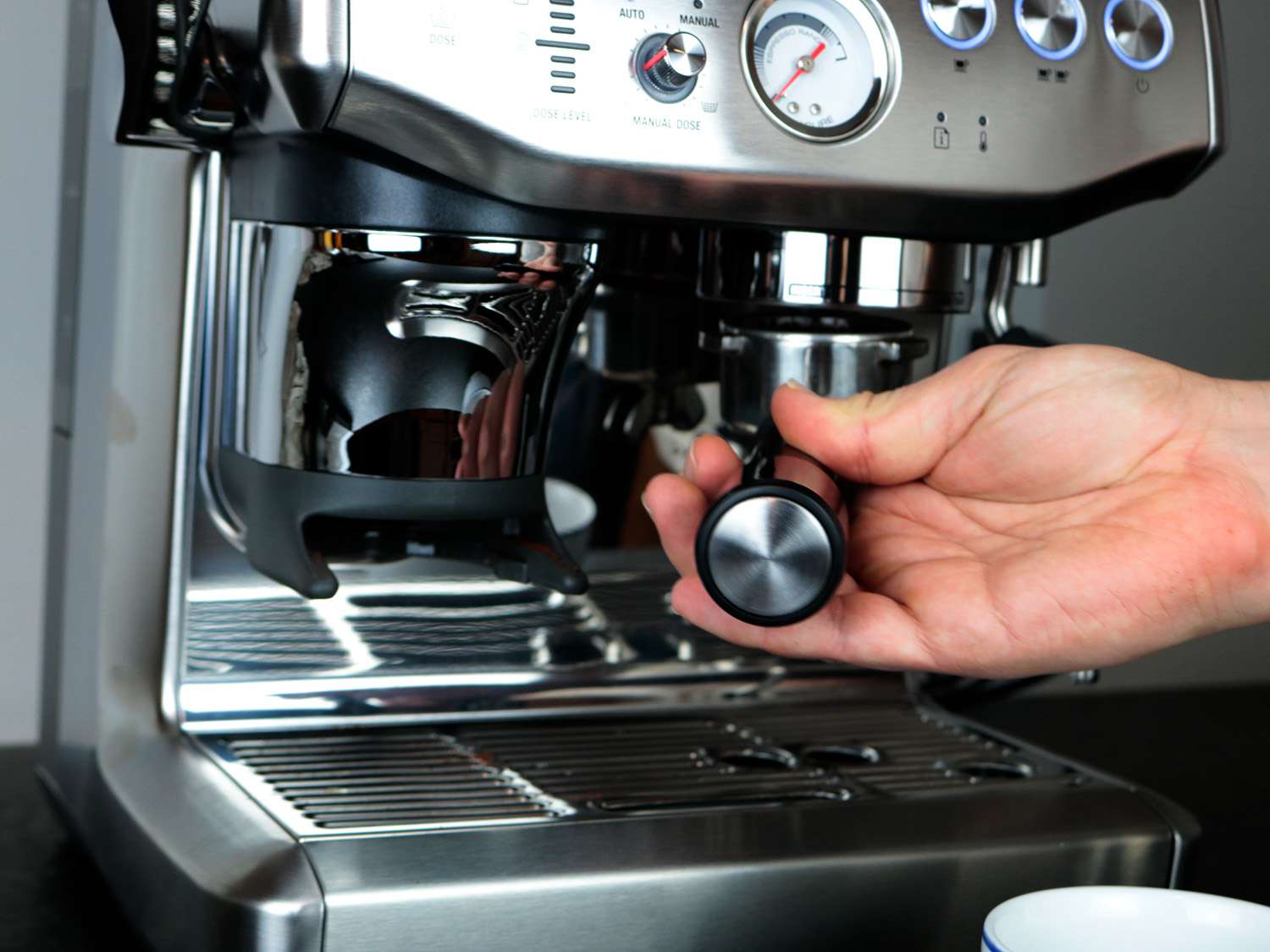
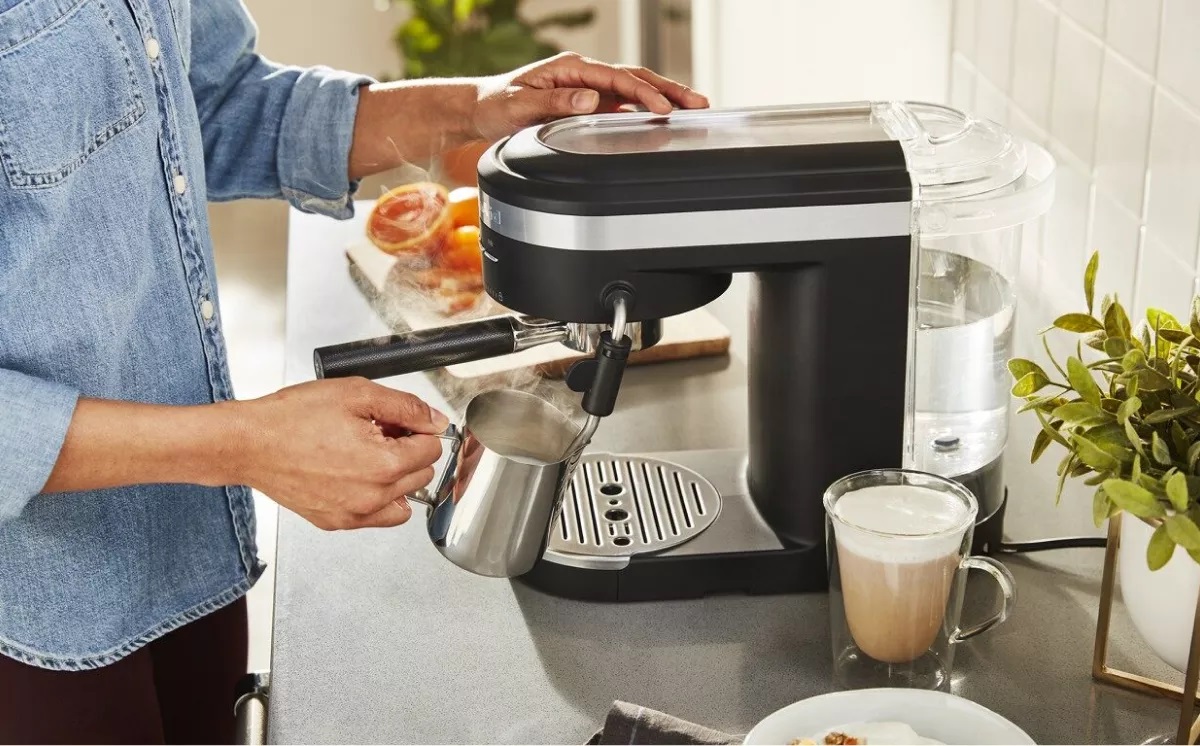
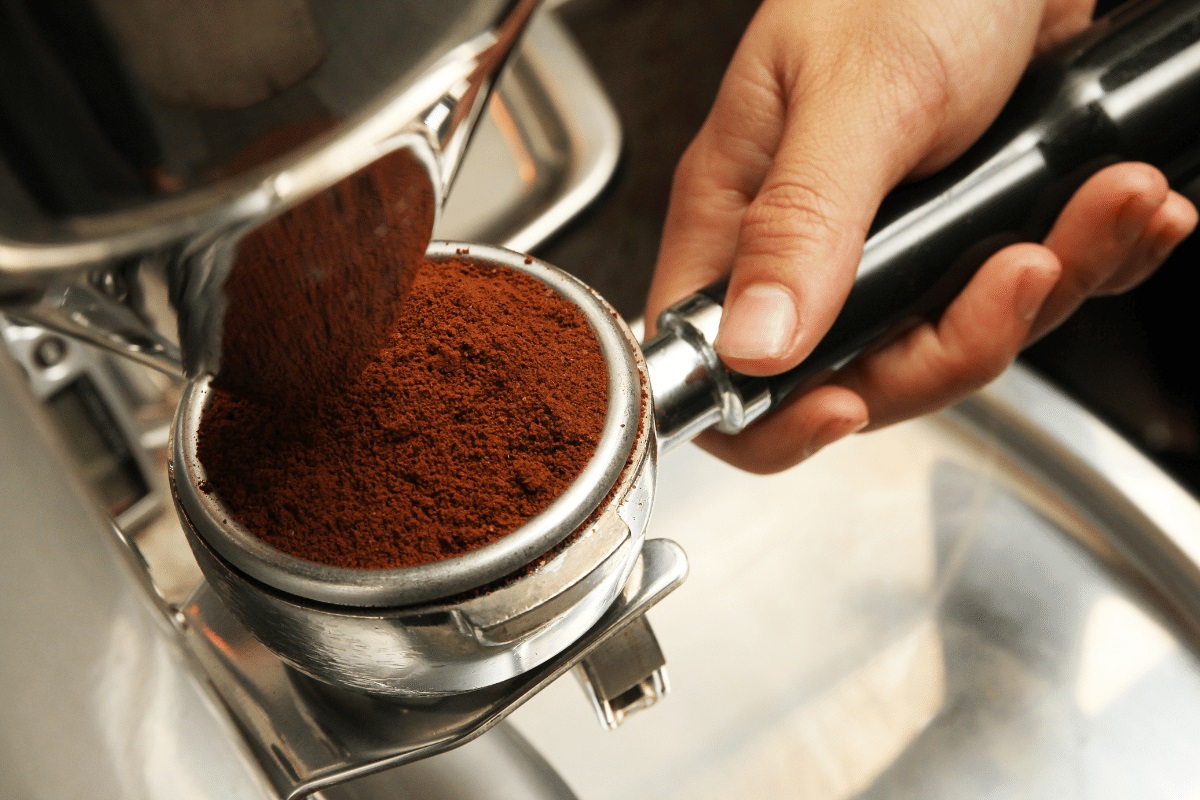
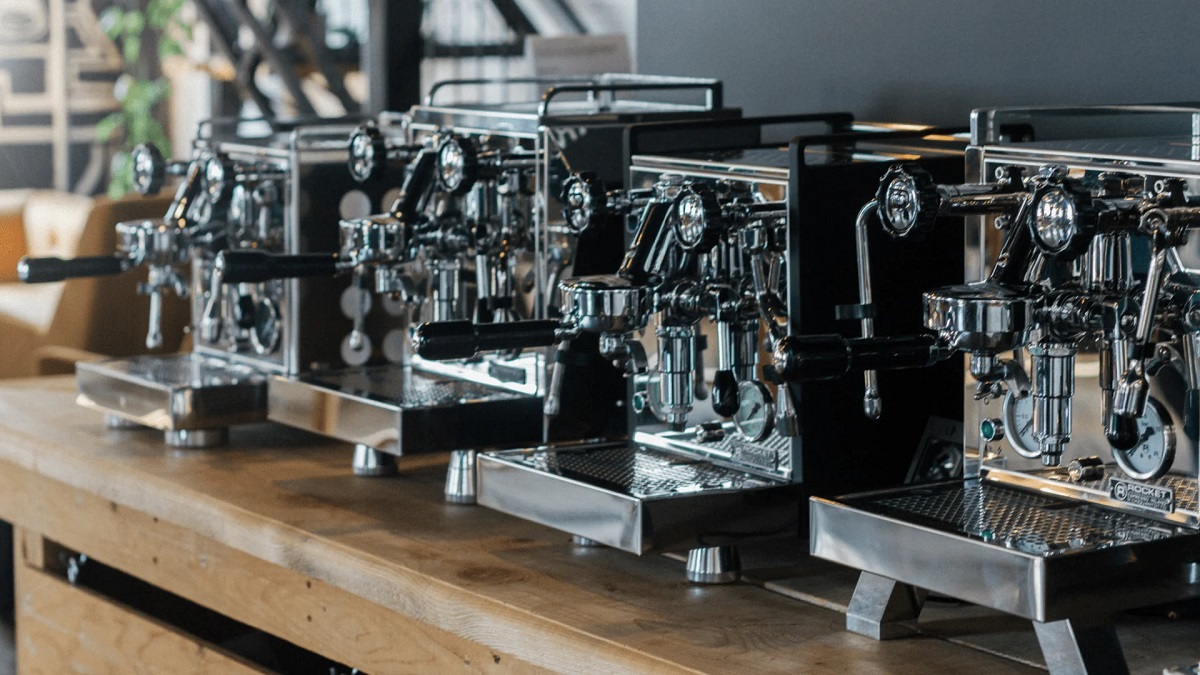
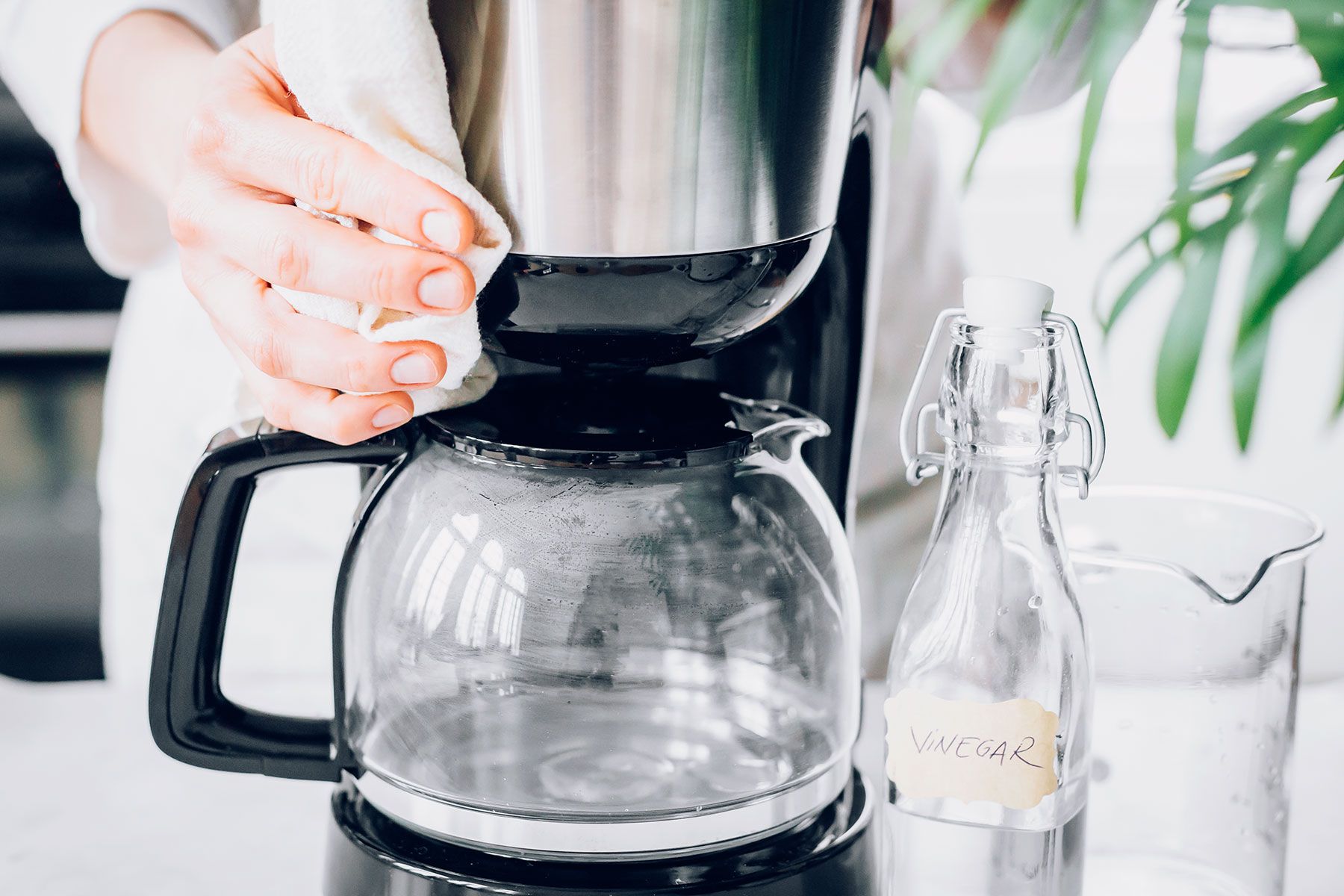
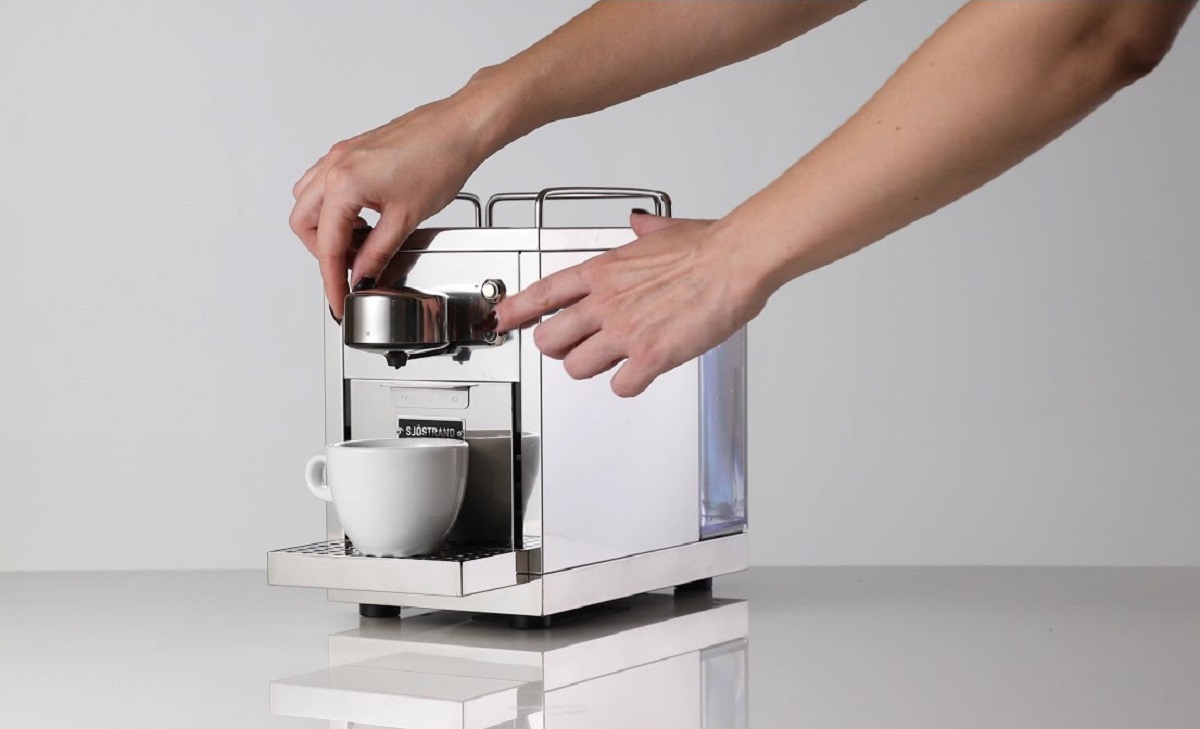
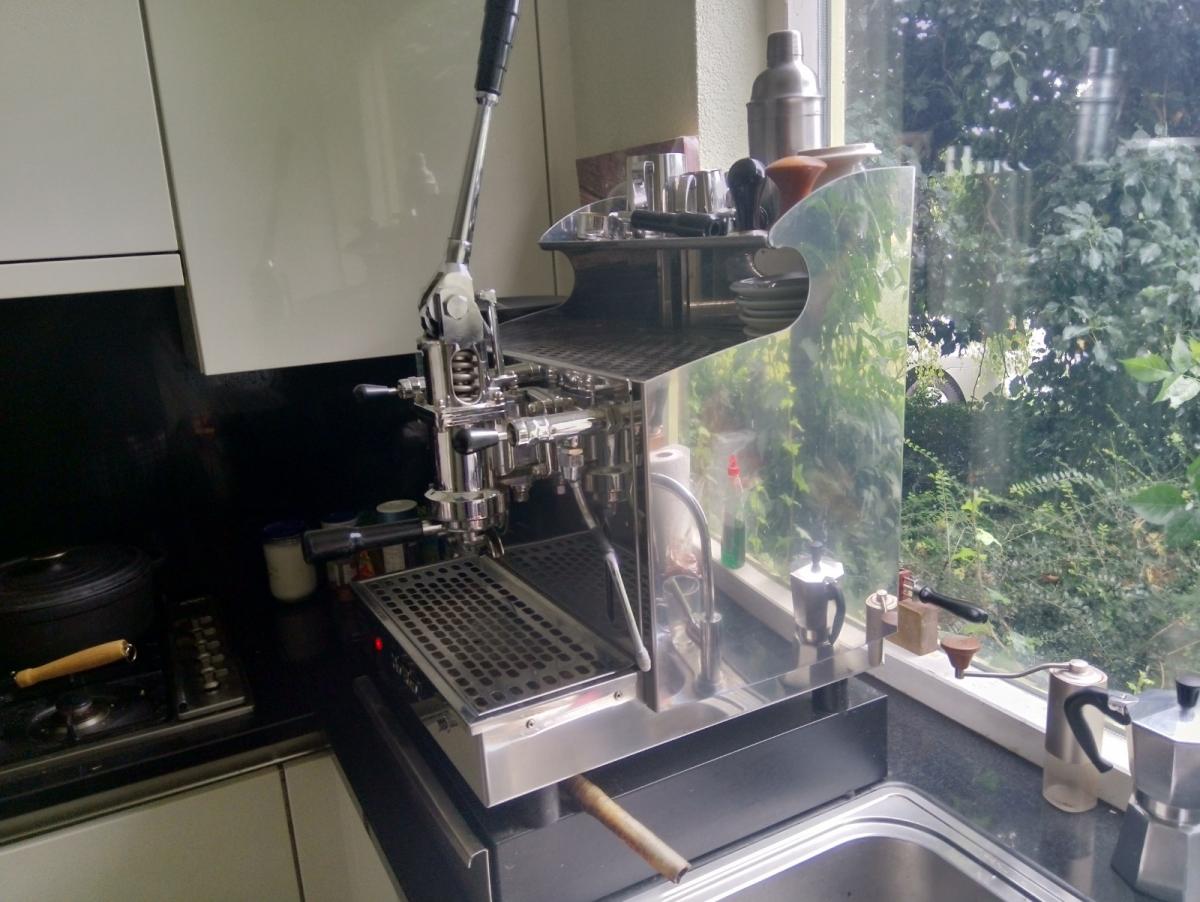
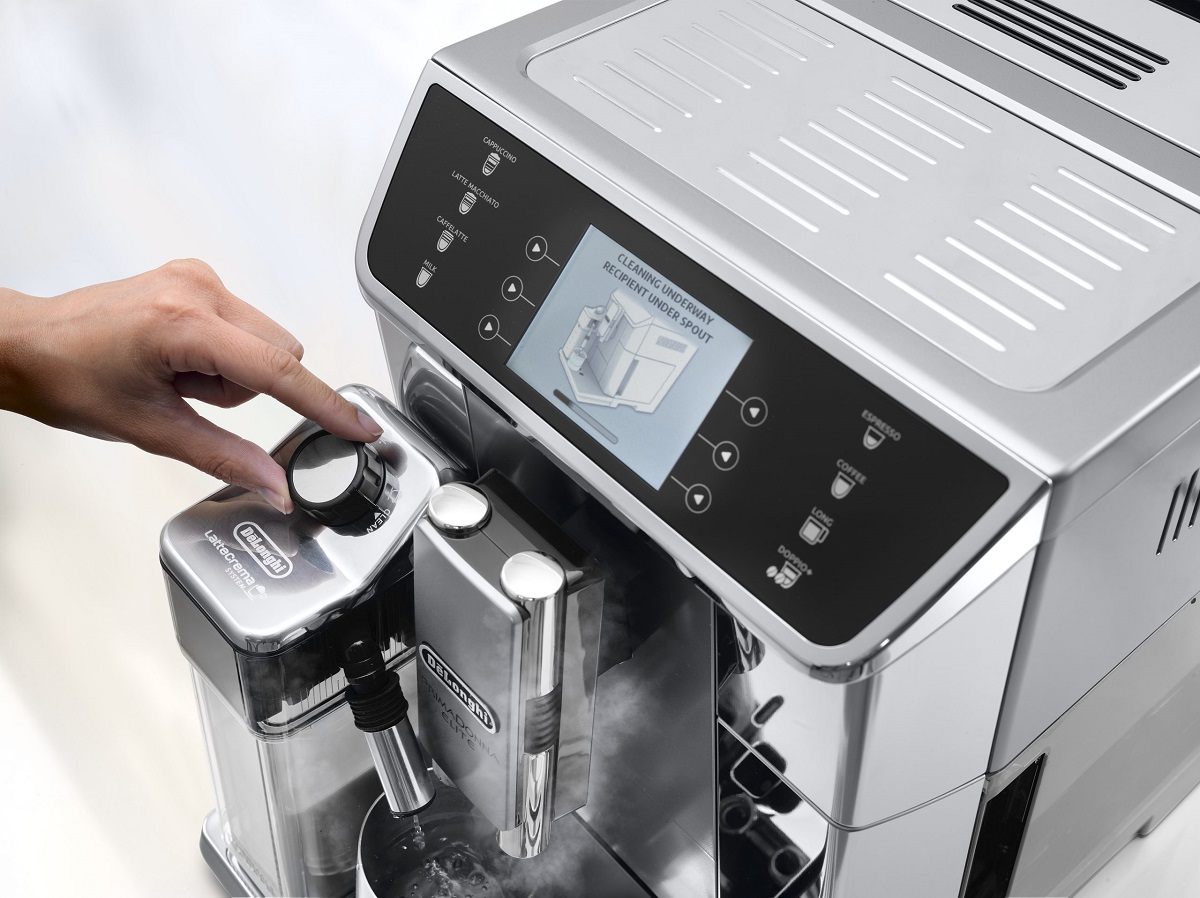
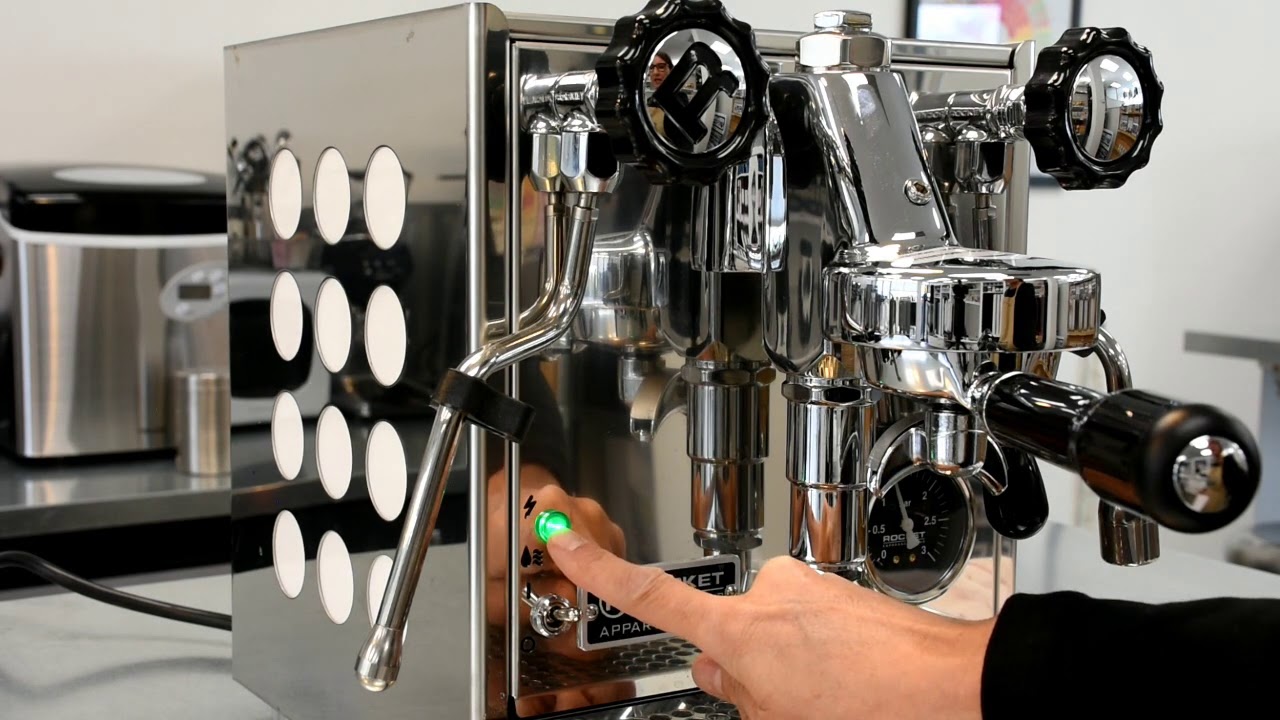
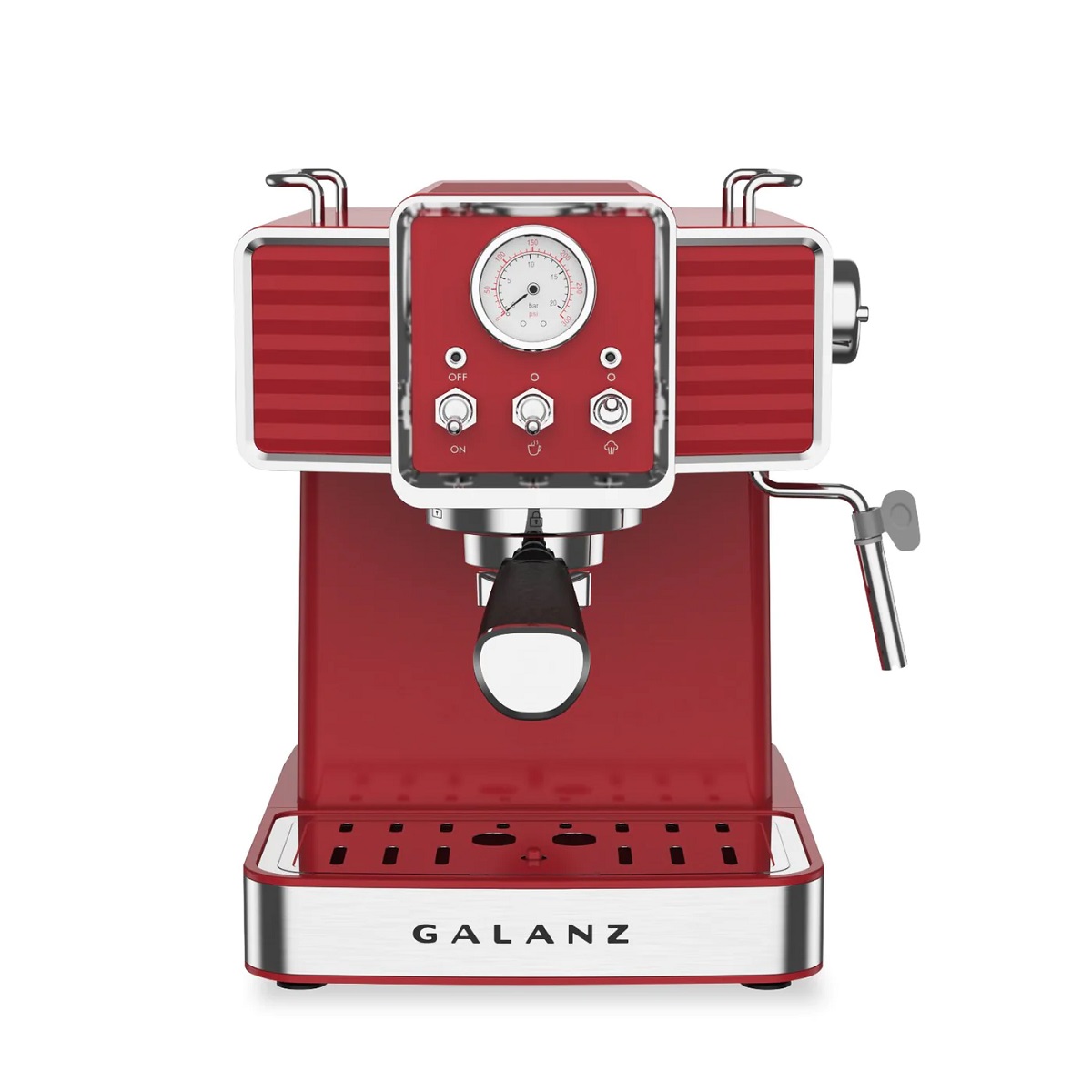
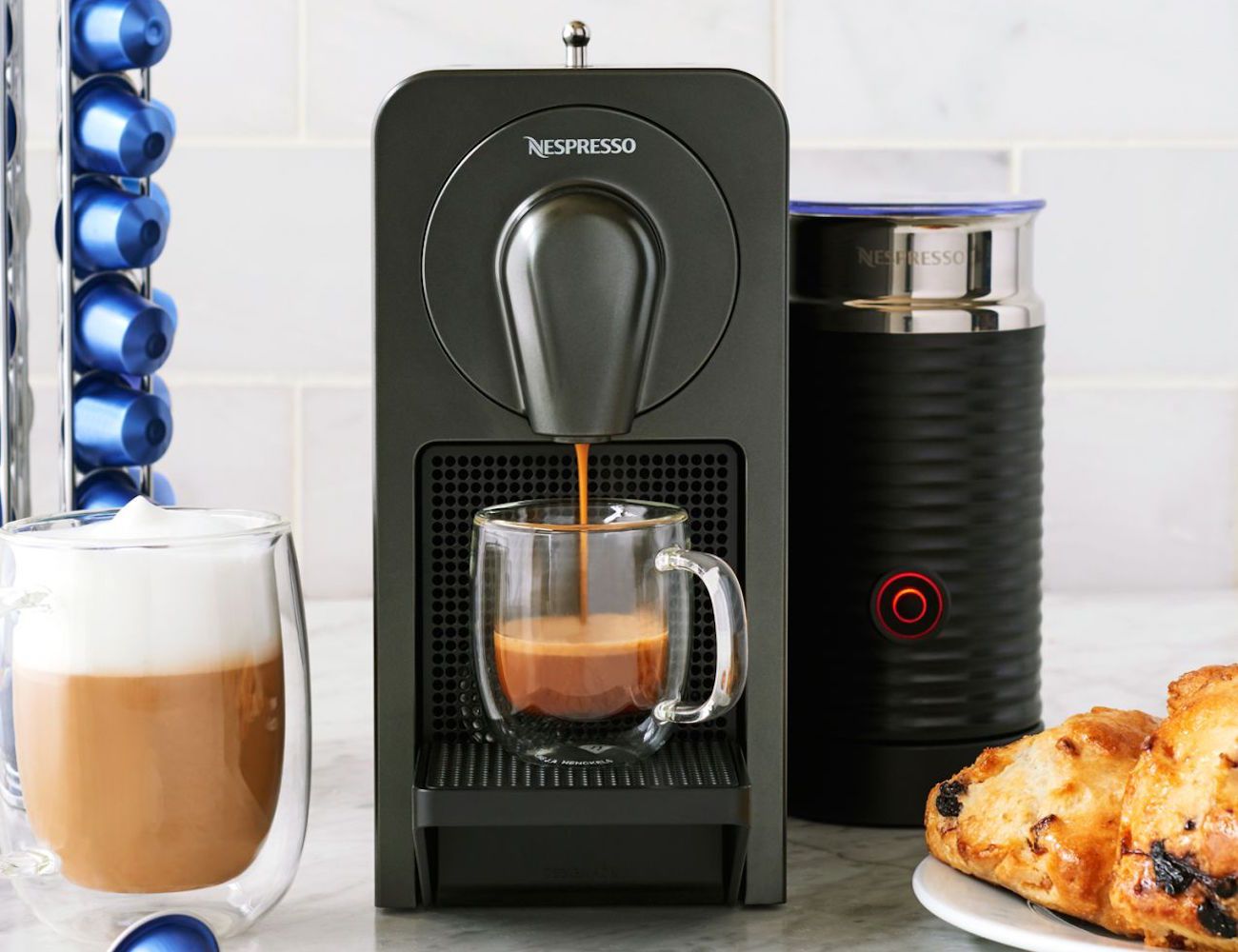
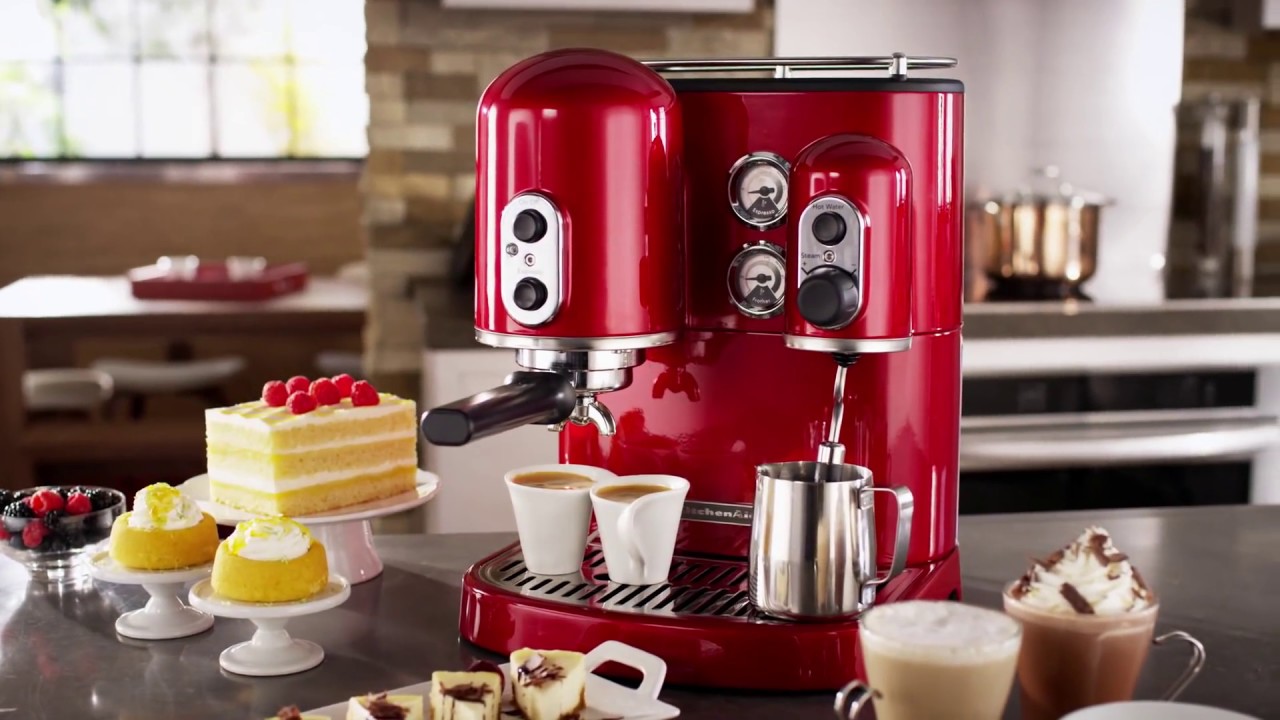

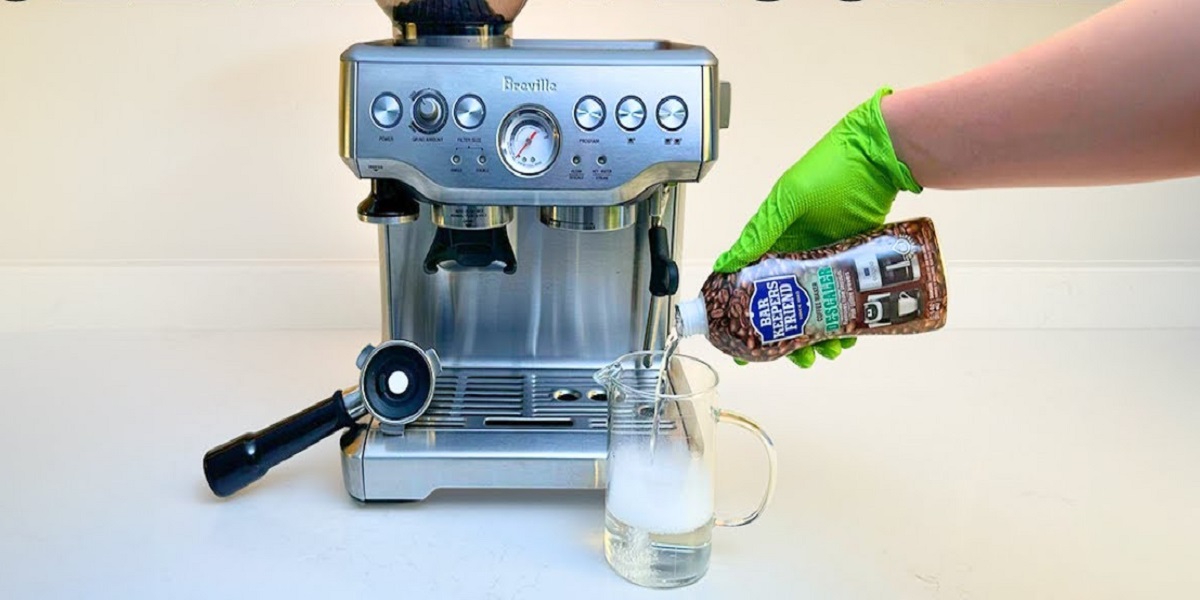

0 thoughts on “How Often To Backflush An Espresso Machine”